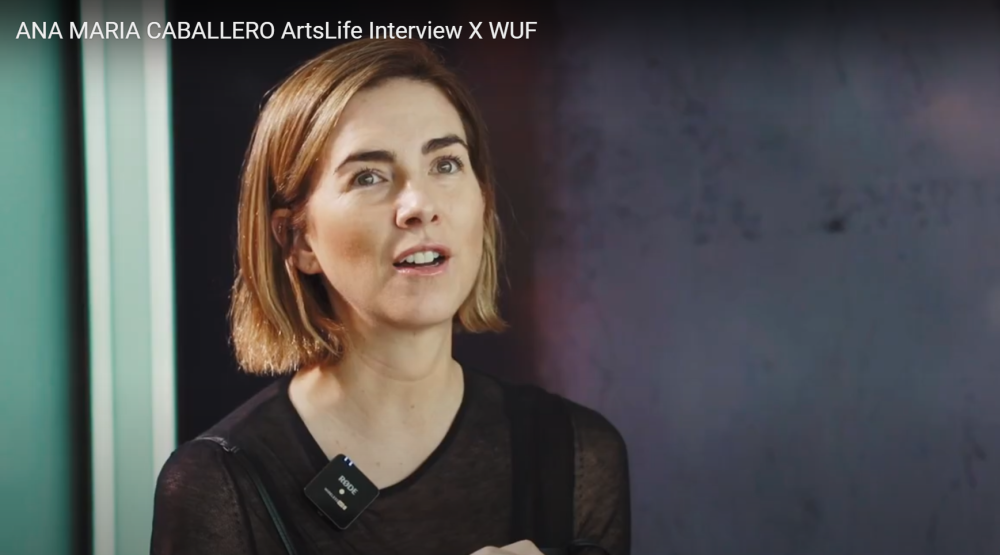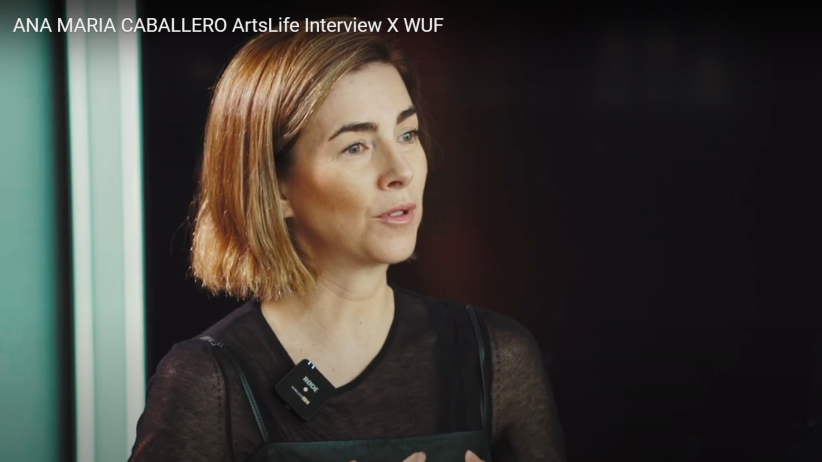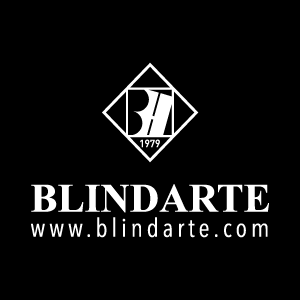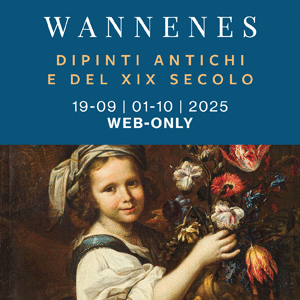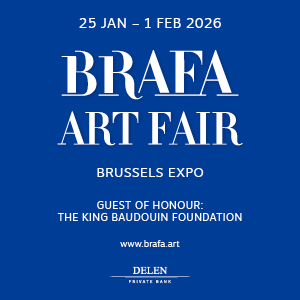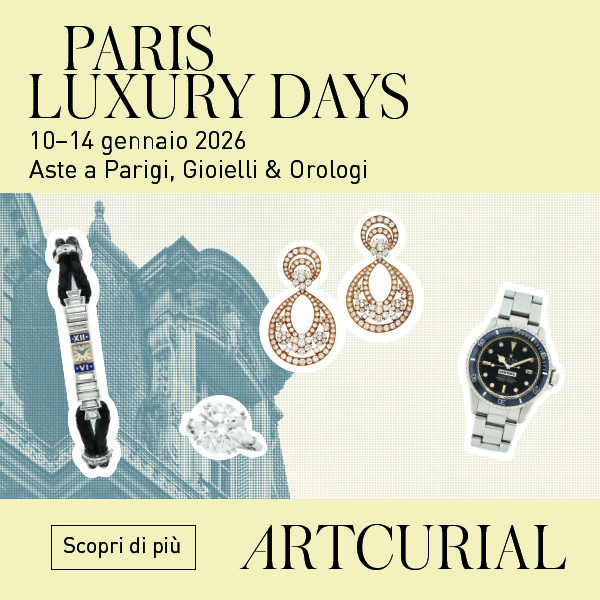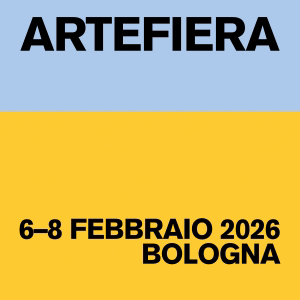Dedicata al mondo dell’arte WUF è pensata come un dispositivo contemporaneo di connessione tra giornalisti e protagonisti dello scenario artistico e ha debuttato con uno speciale appuntamento e due intense giornate di attività martedì 11 e mercoledì 12 giugno 2024. La nuova organizzazione WUF (We Understand the Future) è dedicata a connettere voci creative e valorizzare progetti artistici emergenti attraverso un approccio guidato dall’arte e dalla tecnologia. L’edizione inaugurale prende vita con un evento esclusivo per la stampa realizzato negli spazi dell’iconico Bar Rouge, con la partnership di ArtsLife e de La Lettura de Il Corriere della Sera.
La parola ai protagonisti: ANA MARIA CABALLERO
“Well, I think what Fake Whale and WUF We Understand the Future are doing is exactly what needs to be done, which is not only creating beautiful exhibitions and presentations of the work but engaging with media”
Anna Maria, welcome to Basel. Can we start by talking about your research? Can you please present your research briefly?
Sure, thank you for having me. I am Ana Maria Cayo, a poet, and an artist, but I mostly call myself a literary artist, which means that I engage with my own verse but also with classic literature in my artistic practice.
Thank you very much. A few days ago, you sold two works. Can you speak about these works and how they are connected with your research?
Yes, I’ve written six books, and my most recent book is called “Mammal.” Two of the poems from this book, I decided to visualize through body language. I wanted to explore how physicality connects to orality, both of which are so important for poetry and its history. My digital works usually include my voice, which is very intimate and personal. For a long time, I wanted to incorporate my body into my digital work. I finally found a wonderful partner in Spain, a photographer named Luis Gaspar, who specializes in dancers. We filmed two works: “Waiting Room” and “Mammal.” I tried to translate the language of the poem into motion, expressing what the poem was trying to convey through the movement of my body. These two works were recently acquired, and I’m excited to see them go home with collectors who deeply connected with them.
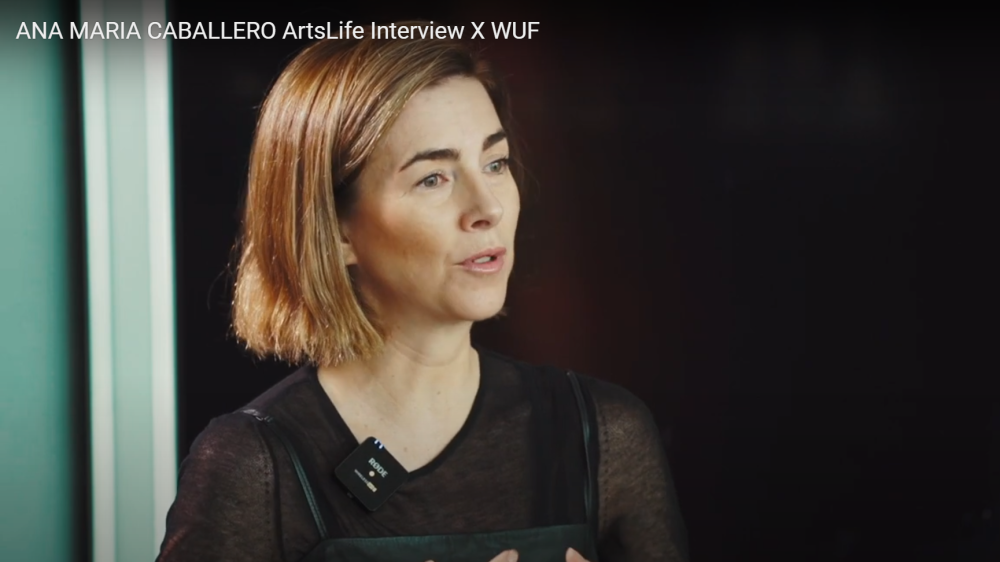
How do you think it is possible to take poetry and its huge tradition into the future, connecting it with visual arts? What do you think is the most important thing to achieve this?
I think there are many ways to do it. In my practice, I engage with AI, collaborate with visual and coding-based artists, work with my body, use paper and its digital iterations, and work with designers and sound engineers. At the end of the day, what’s most important is the origin—the moment you sit down to write and what you are trying to say. If your message isn’t honest, everything added on becomes just an embellishment. True art connects and conveys meaning, transforming day-to-day details into a universal plane.
On which works are you currently working?
I’m working on a new book. It’s hard to be here in Basel because my mind is deep inside this new book. It’s an homage to Julio Cortázar, one of Argentina’s greatest writers, specifically his book “Rayuela.” I’m also working on a project connecting readers to Federico García Lorca’s play “El Público,” which is known as unrepresentable theater. I’m visualizing it using artificial intelligence.
How can art contribute to finding a balance between reality and new technologies? How can it find a point of contact?
My art is very personal. Each of my books reflects the moment in which it was written. My current book is an homage to my father, who passed away a year ago. Writing about personal, intimate experiences often results in the most universal, relatable works. I use art to digest and understand my own life, which then resonates with others. This personal effort to communicate deeply lived experiences makes the work transcend the page.
What is the relationship between this kind of research and the market?
When you create something truthful, people eventually connect with it, and you start creating your own market. The market is a complex entity, but my books aim to move forward, and I believe people will join me in that forward motion, including collectors.
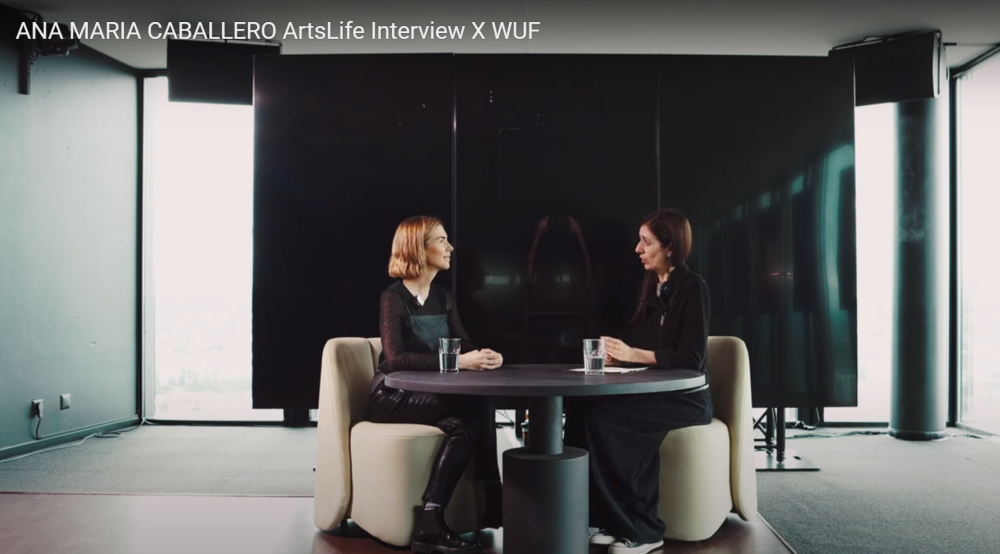
What is your relationship with cultural institutions like MoMA, and what kind of space do you find for your work in these environments?
Institutionally, the space I find is similar to what I found with the traditional literary establishment. Initially, there was disinterest in digital poetry and blockchain, but now there is active interest and curiosity. Recently, I was commissioned by The Academy of American Poets magazine to write an essay on digital poetry. Education is the real frontier; when you get a fine arts degree in poetry, you’re not taught to think beyond the page. Artists can explore additional routes, like becoming curators or engaging with digital spaces, without diminishing traditional avenues.
How can we help new generations engage more critically and deeply with this kind of work?
What Fake Whale and WUF We Understand the Future are doing is crucial. They create beautiful exhibitions, engage with media, document, and share work thoughtfully. This helps young audiences become aware of different possibilities in poetry and art. They can see that there are multiple paths available beyond traditional routes.
Could you tell us about the works we see here on the screen?
Sure. Behind us, we have “Waiting Room” and “Mammal,” the choreographed works. “Waiting Room” was presented at Art Dubai, and “Mammal” debuted recently in Lisbon. “Fin Lace,” behind you, is from my book “Mammal” and was presented at an exhibition in Berlin. “Orion” is my first attempt at using AI to translate Spanish into English visually. “Mammal One” was presented during Miami Art Week. “Vasectomy and Incision in Parts” speaks about the unequal weight on the female body and won a grant from Playboy’s NFT magazine. “Fruition” juxtaposes different philosophical schools. “Cord” was the first poem sold by a living artist inscribed onto the Bitcoin blockchain. “Things I Am Saving to Write” was exhibited at Bitforms Gallery in New York, where we set up a station for visitors to visualize their contributions, resulting in a new poem called “Things We Are Saving to Write.”
Where can we see your works in the coming months? Any new exhibitions or projects?
I’ll be showing a new work in Menorca at the end of June, called “50 Ways of Looking at a Poem.” It’s inspired by Wallace Stevens’ poem and involves 50 different artists annotating the same poem. This series will be exhibited as one living organism. Additionally, my ongoing series “Being Borers” will be exhibited at Paris Photo in November with Office Impart.
Thank you very much.
Thank you.
